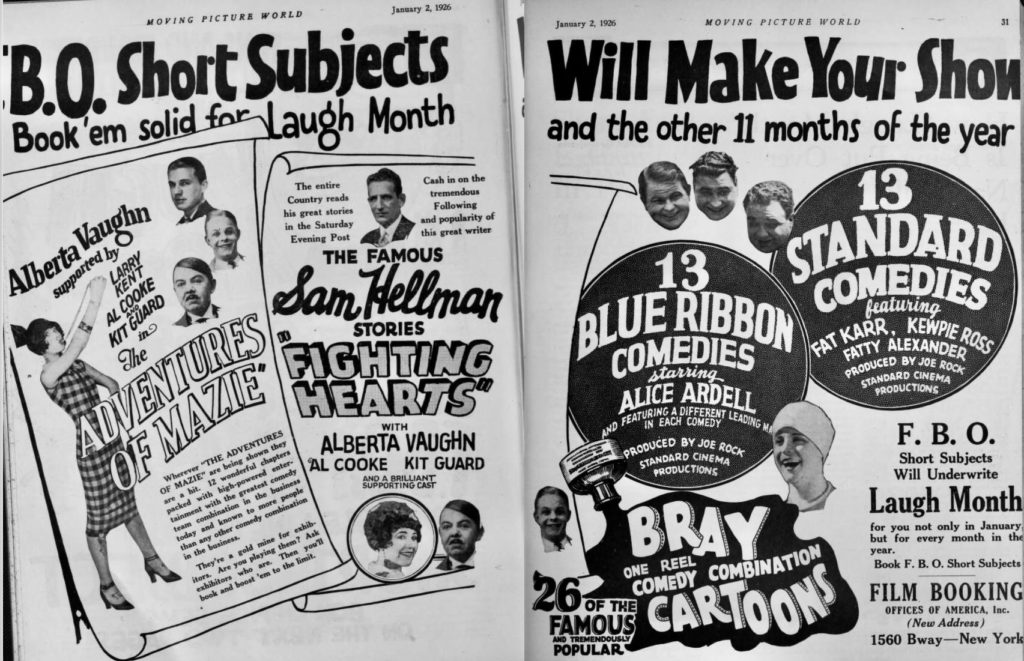In the mid-’teens of last century, the short subject grew legs and walked on dry land, becoming the feature length attraction. Shorts continued to be a standard part of the movie program, either in live-action or animated form. While the practice is long gone, it has a practical application today, especially with a silent film program.
There is a shift that a contemporary audience makes at the beginning of a silent film show. It happens in the audience’s consciousness, and I’d venture to say that it happens in the collective brains of the members of the audience. Silent film is more of a right-brain experience than sound film, much more than television and way more than real-life. At least, that’s how I see it.
Your imagination is engaged much more with a film made before 1930, and it’s an engagement that doesn’t kick in right away for most audiences, especially ones that largely consist of either first-timers or has a strong mix. I’ve felt this shift happen, at nearly every show I accompany. Everyone in the theater has to re-tune their brains, and that shift out of first gear into third does not happen right away, during the main titles.
It takes about half of the first reel, about five minutes. That same screen time is also the part of the film with a good deal of the exposition and style-setting that informs the audience of the world of the film. Everyone catches up, eventually, and no harm is done, and everyone has a great time.

When I can, I like to program a short before a feature. A decent one-reel comedy may add ten minutes to the total running time of the show, but it does the work of refocusing the lens in people’s minds, and gets them collectively into the silent cinema mindset. That way, when the feature starts, everyone’s already on board and ready to go…and the feature doesn’t have to work so hard.